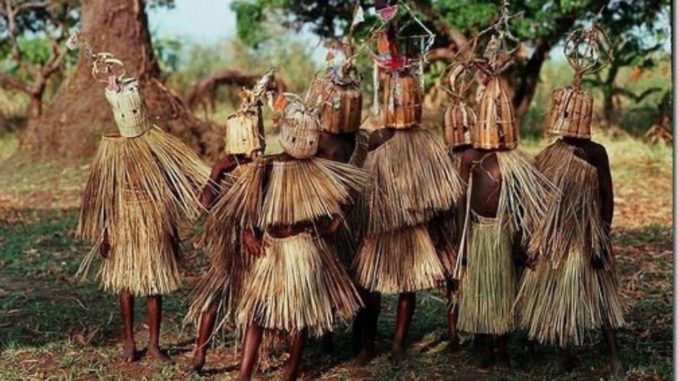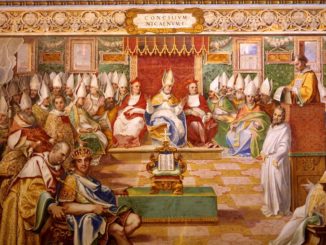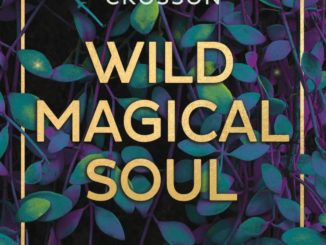
A Brief History of Palo
Palo Mayombe is an African tradition that has truly gained roots in the diaspora. It originated in what is now the Democratic Republic of Congo and the Spanish term for it – Las Reglas De Congo – or the Rules of the Congo, reflects its African roots. Today it is more widely practiced in various forms in the African diaspora, particularly in Spanish speaking countries such as Cuba, Venezuela, Columbia and the Dominican Republic. Yet it can also be found as a widespread practice in the Portuguese speaking Brazil as well as the French speaking Haiti. Palo Mayombe is also known as Brillumba, Palo Monte, and Kimbisia, among other terms. But for this discourse we shall simply refer to it as Palo for simplicity.
The origin of Palo is of course the Congo Basin region of Africa, today the Democratic Republic of Congo. It was transported to the New World as part of the campaign of slavery and the African traditions have become widespread. It is estimated that over ten million people practice Palo in some form in the Western hemisphere. The major liturgies, spells and incantations of Palo rely heavily on the Kikongo language. Similarly, the spells and rituals of Palo require many herbs, items, roots and special sticks found only in the Congo Basin. In fact the name Palo itself means “stick” in Spanish.
Palo is still widely practiced today in the Democratic Republic of Congo, as well as other neighboring African countries such as Nigeria and Benin. It is usually practiced alongside other traditional African beliefs. In the Democratic Republic of Congo it is often more common to hear the practices referred to as Vodou – as in the case of Benin – despite being very different from what is recognized as Vodou proper in Benin, or in the diaspora in Haiti. Much of the Palo practiced in the Democratic Republic of Congo today is very dissimilar in many ways to that of the diaspora.
A key difference is that African Palo is often referred to as “Jewish Palo,” whereas Palo practiced in the Spanish speaking diaspora is more likely to take the form of “Christian Palo.” The former has nothing to do with the religion of Judaism and is not intended to be pejorative. Rather, this is indicative of the fact that the former rejected syncretism with Christian traditions – such as the worship or combination of Catholic Saints with the traditional African mpungu, or spirits. In the diaspora in communities that practice “Christian Palo,” one may find that the traditional Congolese deity Kobayende is represented as Saint Lazarus. In the diaspora and African communities that practice “Jewish Palo” Kobayende remains primarily Kobayende.
There are exceptions – Catholic missionaries in Africa began a process of syncretism long before the slave trade began. And every single House in Palo practices differently. There are few concrete standards across the practice. So the history and basics of Palo up to this point should be taken as guidelines rather than absolute canon.
Spells in Palo
Palo primarily uses two spiritual forces – the power of the deceased and the power of African spirits. Both are called upon in any and every Palo ritual. The power of the deceased is especially noted. This deceased soul, or the muerto in Spansh, is linked to a magical artifact, or Nganga, that serves as the focal point of the Palero or Palo House. The more powerful the deceased soul the more powerful the spells can be.
Palo has a reputation of being evil and aligned to forces that bring illness, curses, hexes and other sickness. This is not without merit. It is widely accepted that the curses in Palo are the strongest in all spiritual communities. Even the Yoruba Priests, Vodou Houngans and Santeria Babalawo will seek out Paleros if powerful curses are needed. The curses act fast, are strong and often deadly.
But it is overlooked that Palo has the exact same power to heal. The same deceased spirits and mpungu can be called upon to heal any sickness. The power and effectiveness that they bring to the table as far as healing can be just as great as that used to curse. In many cases, even moreso.
It should be noted at this time that the spirit linked to the Nganga will largely define the power of the spells in place. For this reason many Paleros have more than one Nganga for use in different rituals. An Nganga with an evil spirit – often a condemned criminal – can be used for cursing. And an Nganga with the spirit of a deceased saint can be used for healing. Similar Nganga can also be crafted to focus on bringing love or financial prosperity.
Each Nganga is also linked to a traditional African spirit that will define the nature of the spells it can be used in. An Nganga that is linked to Kobayende will be more adept at healing than an Nganga linked to Chola Wengue, a spirit of material riches and wealth. The Tata, or Father, of a Palo House ultimately will have under his control any number of Nganga for use in various situations. Many Tata focus only in one thing – such as providing curses – while others may be “general practitioners” so to speak.
The take home point is that Palo can be used for every type of magic and spell imaginable. It is not a dark practice and it is certainly more than an evil offshoot of Santeria. Palo is a traditional Congolese religion that predates Santeria itself. It embraces the values, goals and hopes of African communities from the beginning of time. And although it can be used for nefarious purposes you can also use Palo for pure good. Palo can heal the sick, it can right wrongs, help bring you out of debt and fix relationships. In fact, compared to the narrow use of curses, Palo has far more potential for good than it does for harm in the lives of its practitioners and adherents.



